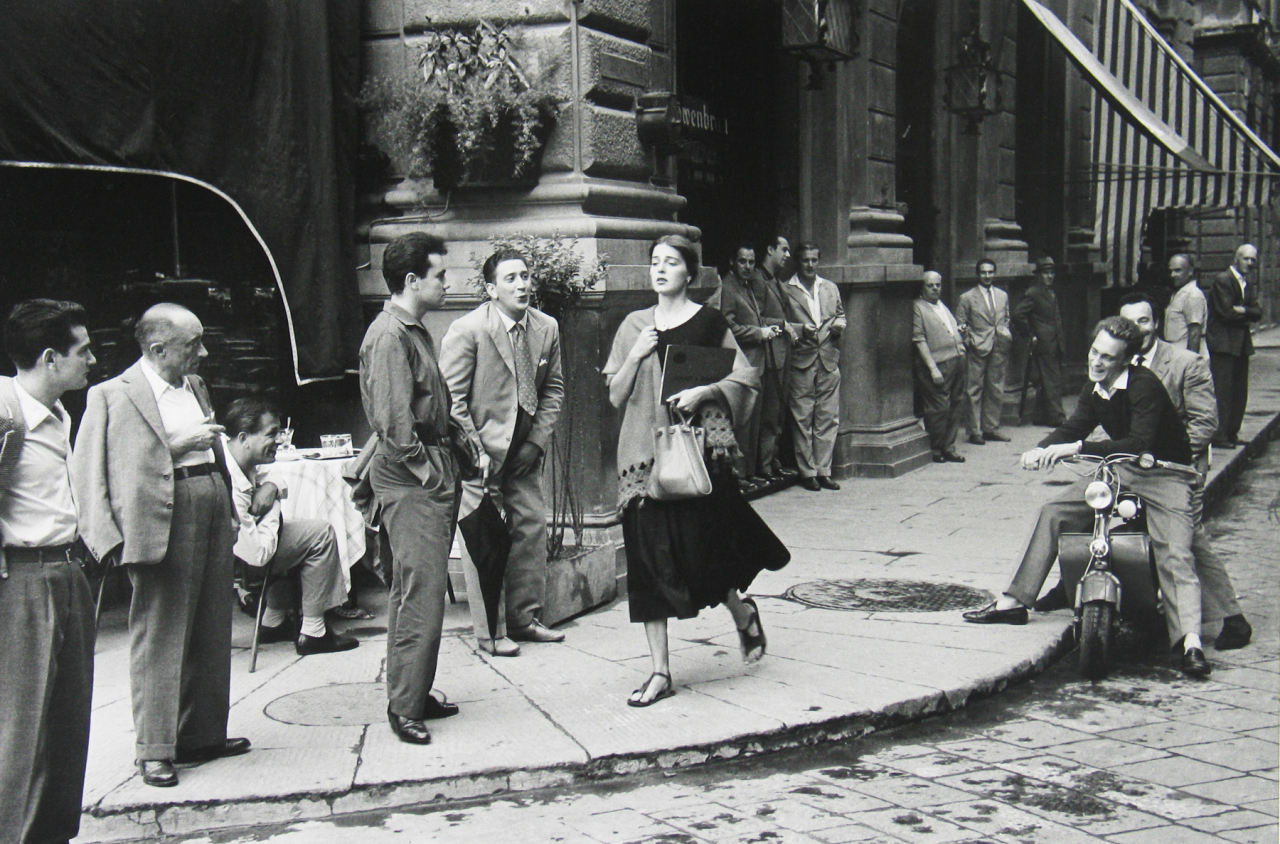Most brick and plank shelves look like this (above)...
...or like this...
...or (Gasp!) like this!!!!!
Brick bookshelves should be low and wide...the length of the entire wall! The two-tier shelves in the picture above aren't made of bricks and planks but the proportions are right. I'm stuck with using available examples. Two tiers of books is just right. One more tier of books on the top shelf, with no plank on top, also works, but that's the limit...no more!
Tucking this kind of shelf under windows works best but if that's not possible, and you need more height, then the additional upper shelves should be bracket shelves.
Frank Lloyd Wright used used to say "Emphasize the horizontals!" That goes for bookshelves as well as walls. Bookshelves like the ones above should have a dynamic, wall-to-wall horizontal sweep.
There should always be a little air space under the bottom shelf. That's to make it appear that the shelves are so light that they're flying. In reality they're heavy enough to squash an elephant!
Last but not least, the wooden planks should be thick, wide and long. Don't use wood that's thinner than the ones in the example above. When I used to have shelves like this I used three inch thick cedar planks. If I remember right, they were 9 inches wide.
I prefer a natural wood look. One coat of varnish only. The thin, glossy white planks that are sold as bookshelf planks aren't thick enough. They look like they're struggling to hold the books and evoke pity.























































